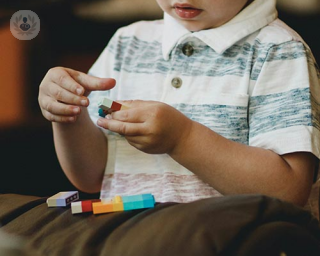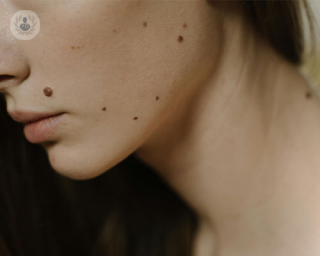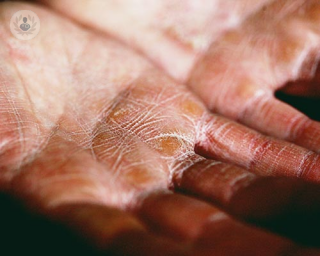
Written by Top Doctors
Dermatology
Expert skin care tips for managing acne: A dermatologist's guide to clearer skin
Acne affects people of all ages, and one of the most common skin conditions. While it’s often associated with adolescence, many adults also struggle with this condition. It can impact confidence and overall well-being. Understanding the causes of acne and adopting the right skincare routine can help manage symptoms effectively.


















